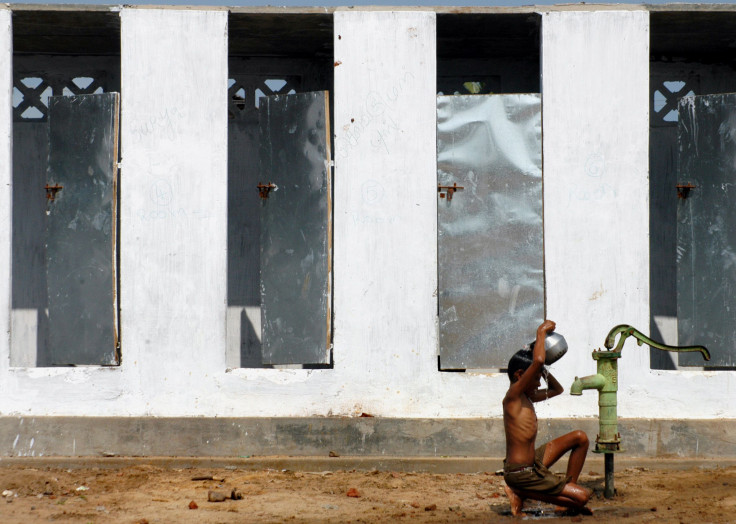Bill & Melinda Gates Foundation Launches 'Reinvent The Toilet' Challenge In India

Two years after launching the “Reinvent the Toilet” challenge on a global level, the Bill & Melinda Gates Foundation announced on Wednesday that it has collaborated with the Indian government to make available affordable sanitation services to the country's poor.
The foundation along with the Department of Biotechnology under the Ministry of Science and Technology will jointly fund the Biotechnology Industry Research Assistance Council, a non-profit organization, to launch “Reinvent the Toilet Challenge – India,” according to a press release.
India’s Ministry of Science And Technology said in a press release that a majority of the population either defecate in the open or store their waste in septic tanks or latrine pits, which affect people’s health. Data provided by the World Health Organization and UNICEF show that although 275 million people in the country received access to improved sanitation between 1990 and 2011, about 615 million people in India still defecated in the open in 2011.
The Gates Foundation challenge calls upon researchers to design a better toilet using new technologies to address problems stemming from the poor to non-existent sanitation services currently available to a large section of the urban and rural population in India. The project also hopes to build on some recent innovations -- such as “zero-discharge” toilets where liquid and solid waste are segregated and then reused -- that have already been put in use to address the country's sanitation problems.
On a global level, close to 2.5 billion people don’t have access to safe sanitation, access to which could save the lives of 1.5 million children under the age of five every year, according to the release.
“This is why we are investing in opportunities that extend affordable sanitation services to poor communities through innovations in business models, government policies and technologies that will develop a ‘next generation toilet’ that kills all pathogens, is self-contained, is affordable, and that people want to use,” the release said.
© Copyright IBTimes 2025. All rights reserved.





















